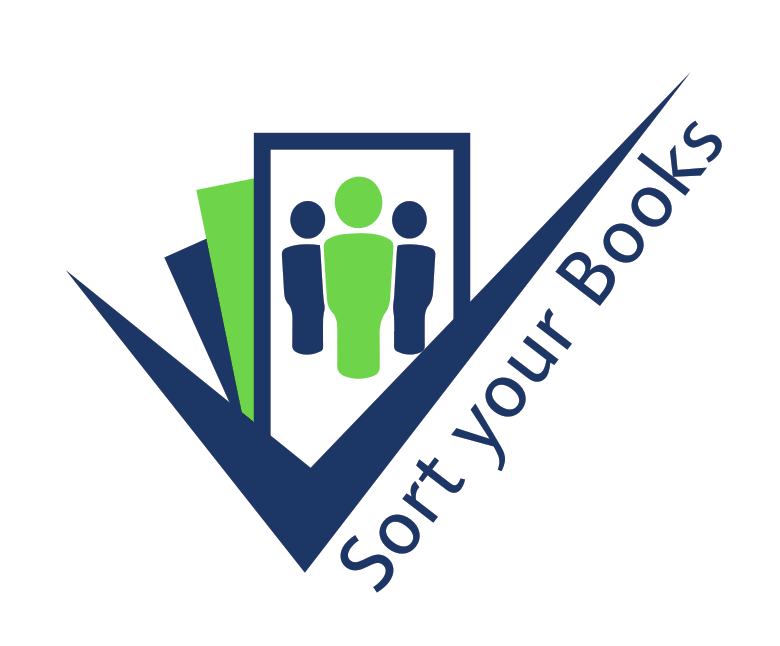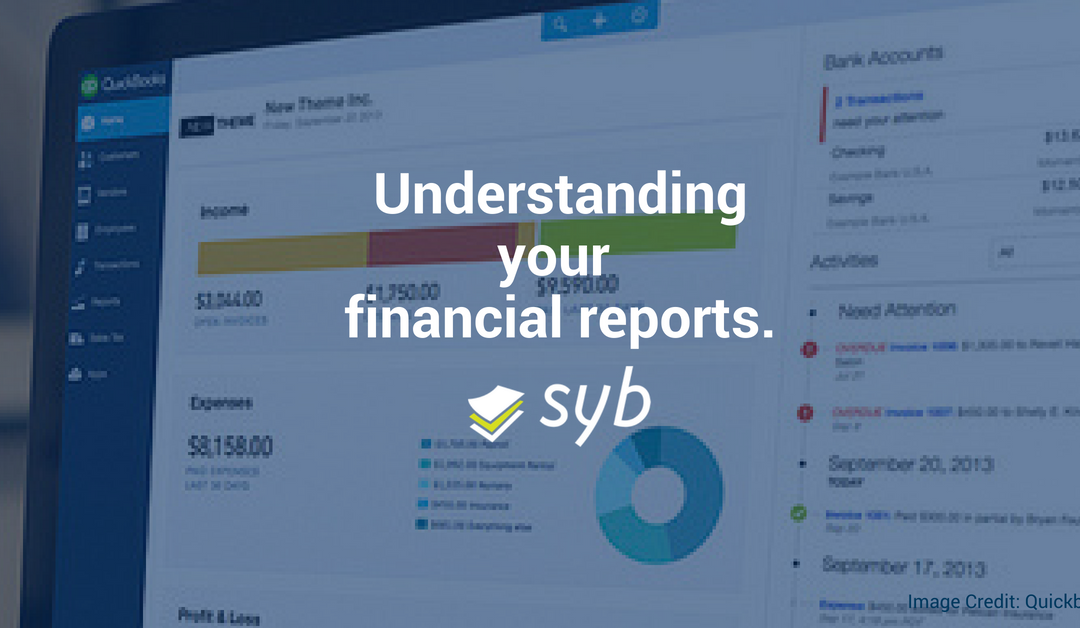When you are reviewing your business financial position or starting to budget for the next 12 months or quarter, there is no point looking at your financial reports if you don’t understand them!
The 3 main reports that I use with my clients is the Profit & Loss, Balance Sheet and their Cashflow. What’s also really important to review at the same time is to discuss a budget and what their focus and goal is for the coming year. How can we work with them to improve their numbers, discuss what their priorities are.
Outsourcing your accounting work to a Bookkeeper or your Accountant is a great choice, it free’s you up to do what you love – work on your own business – but how can you better understand how your business with a Business Health check, so let’s break it down for you.
Profit and Loss:
Running your Profit and Loss you can create these as a Year-to-date, Month by Month, there are a few options for you to choose from. The profit and loss shows you what Business Income you have received or invoiced for a selected period less any expenses entered for a particular period. This report is only as accurate as the data that has been entered, as with any accounting package an entry can be coded in error to the Balance Sheet when it should be a Profit and Loss Item, so you will need check this report.
One great report is to compare prior years and see where revenue and expenses changed from year to year and this can then be used to work out trends for your business and assist with the creation of your Business budget.
Balance Sheet:
You Balance Sheet shows you your businesses net work – this report lists your assets, liabilities and owner’s equity. It separates and shows your Assets less your liabilities which then equals your Owners equity.
Your balance sheet will show the assets (cash and property) your business holds: cash: (petty cash and bank accounts) accounts receivable (Money owed by a client that is expected to be paid), inventory (materials, stock), pre-paid expenses (insurance) and property/equipment.
We then have your Liabilities (these are debts or other obligations), they might include: accounts payable (money owed to suppliers and vendors) accrued expenses(wages, super payments, tax) and lines of credit (credit cards, loans, mortgage).
Finally we include your Owner’s Equity, this shows the value of owners’ interest in the business. Owner’s equity is normally shown as capital (what the owner initially invested into the business, additional paid-in capital (additional investment by the owner after the initial funding) , and retained revenue (earnings of the business / previous years profits that have not been distributed to owners but kept in the company).
In a perfect world, your liabilities plus the equity should equal the total assets. Positive equity means that assets exceed liabilities. If equity is negative, there are more liabilities than assets and it’s time to take a serious look at the business and make some changes to improve the position of the business.
Cash Flow Statement:
Ever wonder how much money your business has RIGHT NOW? See where your cash is going – what’s coming in and where it’s going.
The cash flow statement shows you: Operations Costs + Asset Investments + Financing = Cash on Hand
Operations costs: these show how much you have spent or made on a daily basis. This includes cash that came in for the period and collections of sales previously made on credit, minus assorted regular expenses. It is the most accurate assessment of how much money you have generated from your core business.
Asset investments: shows the cash used to sell or buy long-term capital assets for your business. These may be equipment, property, machinery, vehicles, furnishings, or investment securities.
Financing: this is the cash received from or paid to lenders, other creditors.
If you are using a program like Quickbooks/Xero/MYOB these are standard reports that come with the software but again the reports are only as accurate as the data entered.
How do you use your reports? What do you find of most use to your business? Please comment below we’d love to hear from you.



Recent Comments